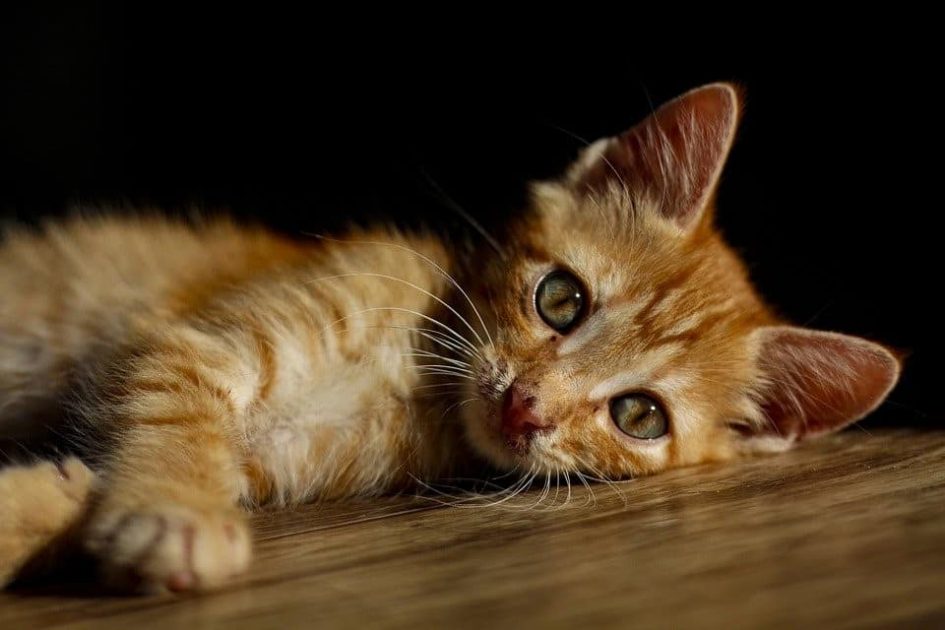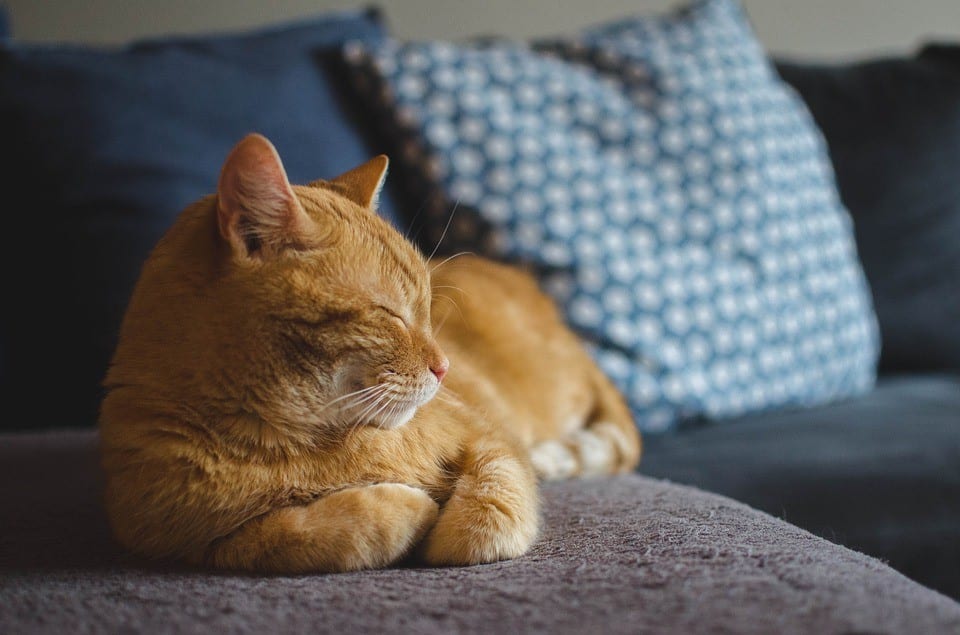

How to Tell If a Cat Is in Pain | Top Signs to Look For
Cats are good at hiding their pain. To better assess their physical or emotional well-being, we bring you a list of common signs a cat is in pain.
Looking for signs a cat is in pain can mess with your head, given that these animals can be masters of disguise.
Cats are known to be good at hiding their pain, which is why not everyone can tell their physical or emotional state right off the bat. To better assess the well-being of your feline pet, we bring you a list of common symptoms to look for in your ailing companion.
Behavior Signs a Cat Is in Pain
Cats cannot express their pain like humans. However, they do show it through a change in their behavior. Here are some behavioral changes to check in an unwell cat.
Decreased Appetite
Loss of appetite in your cat calls for immediate attention. If your cat has suddenly stopped eating, it may be an indication of an illness – cancer, kidney failure, intestinal conditions, or chronic infections.
Laziness
Your cat used to be once active and full of energy, but now, do you see a stark difference in its behavior? Does your pet sit in one corner all day, doing nothing? Does your cat show zero interest in activities such as exercising, playing, or socializing? Falling prey to lethargy means your pet is sick.
Unpleasant Vocalization
One of the signs a cat is in pain is when it makes disagreeable sounds such as growling, hissing, groaning, and so on. If you hear your cat making these noises frequently, understand that something is wrong.
Increased Irritability
Has your sweet-natured pet suddenly become hostile? Well, that’s not uncommon among cats suffering from deep pain or some severe illness.
Having said that, your cat may have a poor mood or temperament if there’s an abrupt change in their environment or schedule. In scenarios like this, it’s best to take your cat to a trustworthy vet.
Excessive Grooming
If you find your cat licking or scratching a specific area of its body excessively, it can mean your pet is suffering from some medical condition; skin pests or allergies can be the main culprit. As a result, your cat may shed a lot of hair or develop red, sore, or bald patches on its skin.
It can be difficult to diagnose what may be causing this reaction in the first place, so it’s best to visit a professional vet right away.

Avoids Being Touched or Handled
Another common behavioral change among cats in pain is when they strictly avoid being touched or handled by anyone – even by their favorite humans. Your cat can become upset or aggressive if they are approached even after showing discomfort with physical touch.
Hiding or Withdrawal
One of the top signs a cat is in pain is when it goes into hiding or shows symptoms of withdrawal. If not treated in time, these symptoms can worsen and give rise to severe health conditions.
Body Language Signs a Cat Is in Pain
Your cat’s body language can be a clear indicator of your pet’s health condition. Here are some body language signs to look for in an ailing cat:
Crouching
Cats typically crouch when they are worried about something. Stress and anxiety – or any other condition – can be chipping away at their health. If you can’t seem to identify the reason behind your cat’s distress, it’s best to take it to the nearest vet.
Wide Pupils, Flat Ears, and Pointed Whiskers
Wide pupils aren’t the only problematic signs in cats. Often, when your cat is not their usual happy self, it may have flat ears with whiskers pointed forward. Your cat may also flatten its body or try to get up high. In a situation like this, avoid going near or touching your pet.
Cast Down Eyes, Droopy Ears and Whiskers
Not many people know this, but cats get depressed, too. It’s usually the result of prolonged stress and anxiety. When cats are depressed, they seem restless and uninterested in otherwise fun activities. Their ears are forward but drooping, eyes slightly open but looking down, and whiskers facing downward.

Facial Expression Signs a Cat Is in Pain
Your cat’s facial expressions can suggest a lot about its physical, mental, or emotional state. Below are some changes in facial expressions you may see if your cat is under the weather:
Squinting or Closed Eyes
If you aren’t sure about your cat’s well-being, look into its eyes. Are they squinty or closed? In either case, it may mean your cat is unwell. However, don’t mistake your sleepy cat with being ill because closed or casted-down eyes can also be a sign your cat is simply drowsy.
Tense or Compressed Facial Features
Some cats display obvious changes in their facial features when in pain. For example, their cheeks, nose, or mouth may seem to be tensed or compressed. It can mean your cat is stressed or anxious about something.
Ears Pressed to Their Sides
You will discover your cat’s ears turned sideways if it’s angry or aggressive. When it presses its ears to its side, it’s also an indication that your cat may also be feeling nervous or uneasy about something.
Conclusion
Sometimes, cats show no signs of pain at all. If you are worried that your cat is acting odd or unusual, you should not overlook it. In fact, you should take immediate action by taking your pet for an assessment by a responsible vet as soon as possible.
Discover how to create a joyful, healthy home for your pet.
Subscribe to your weekly rundown of practice, real life ideas and training tips straight to your inbox.


